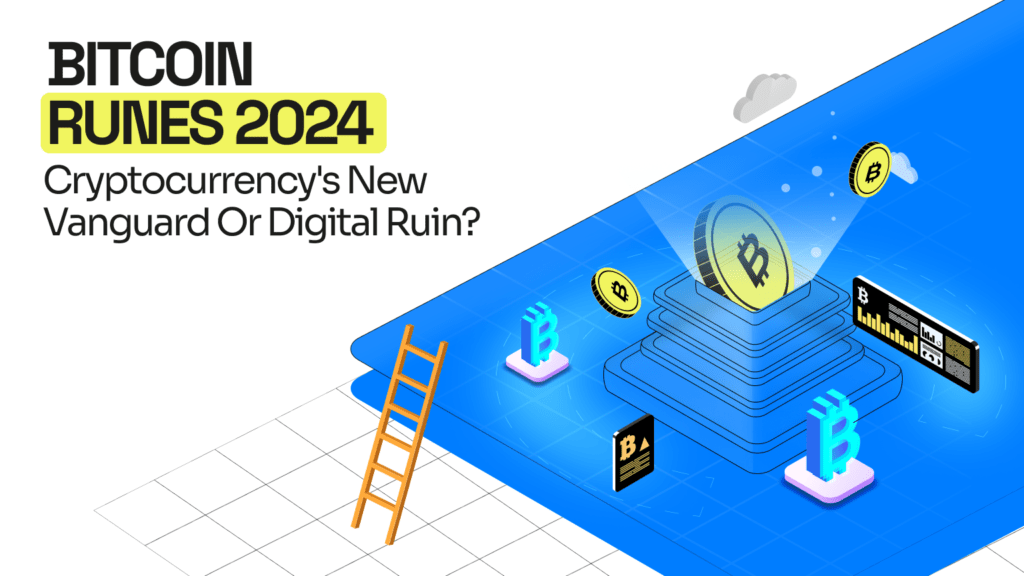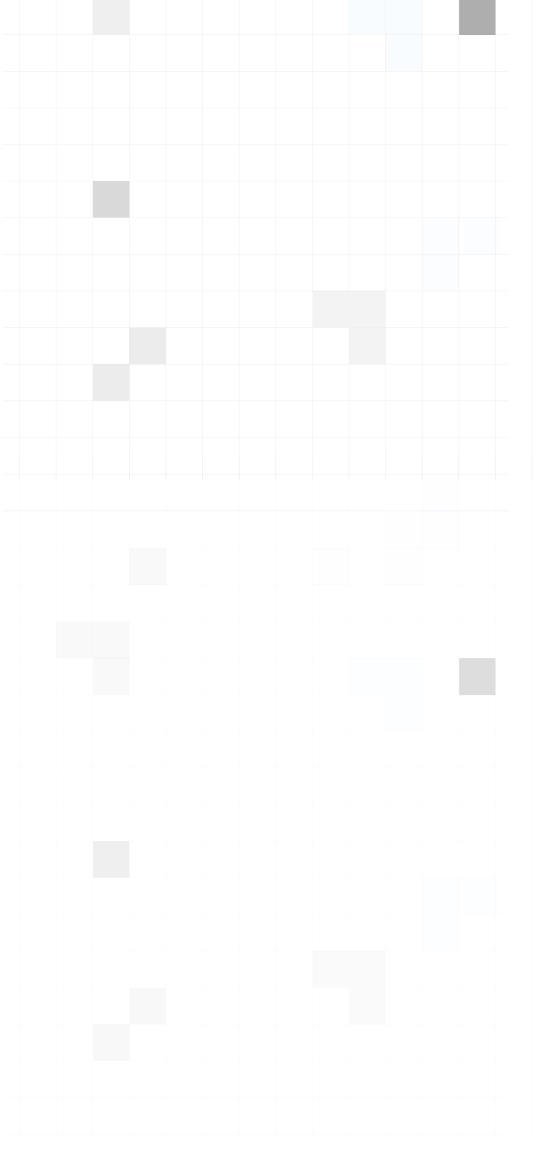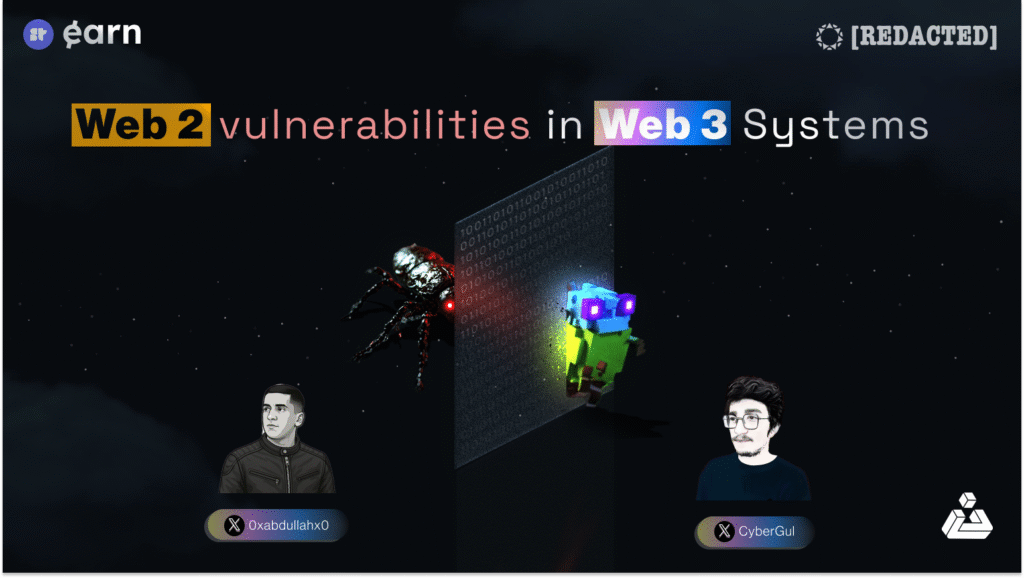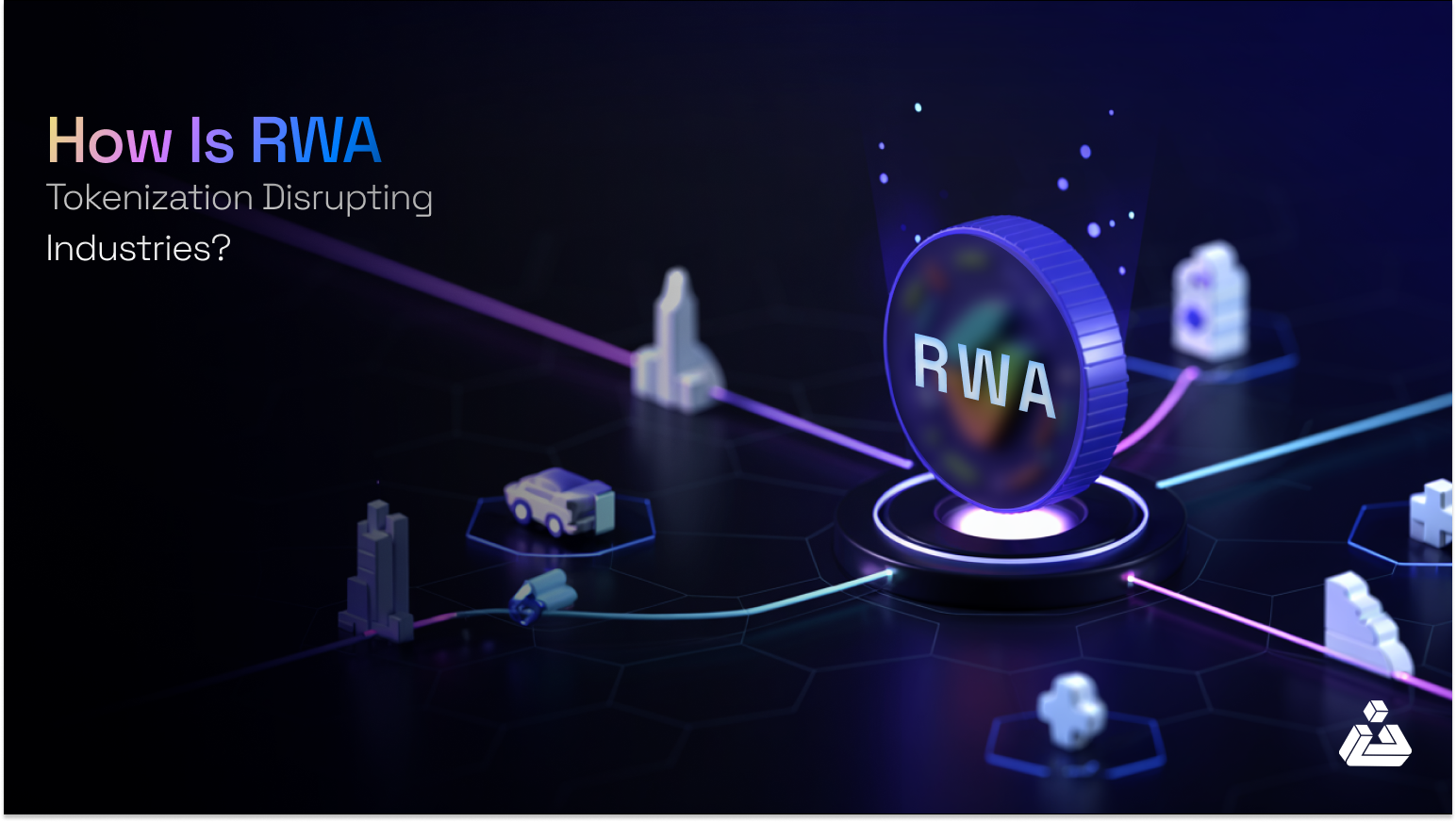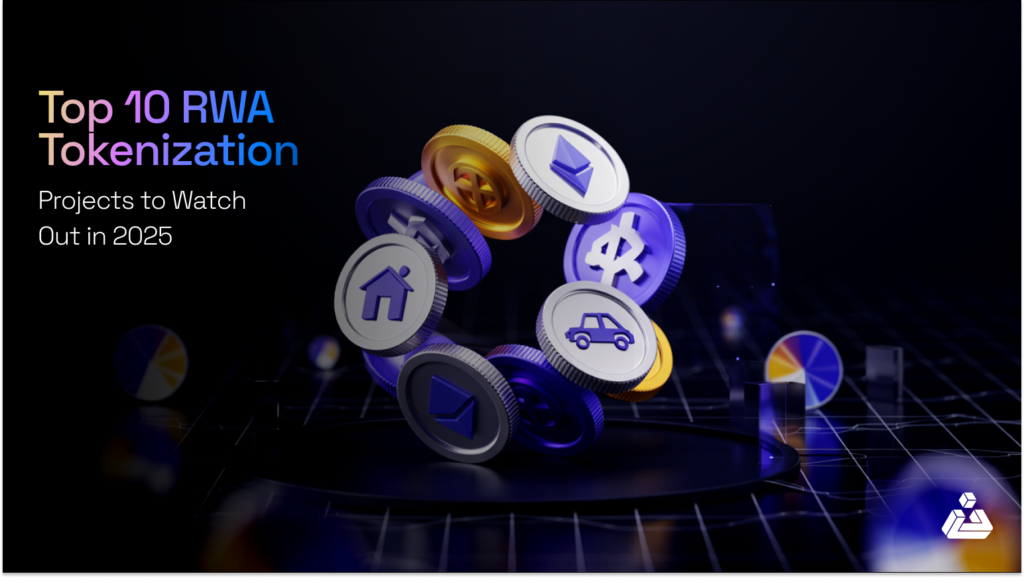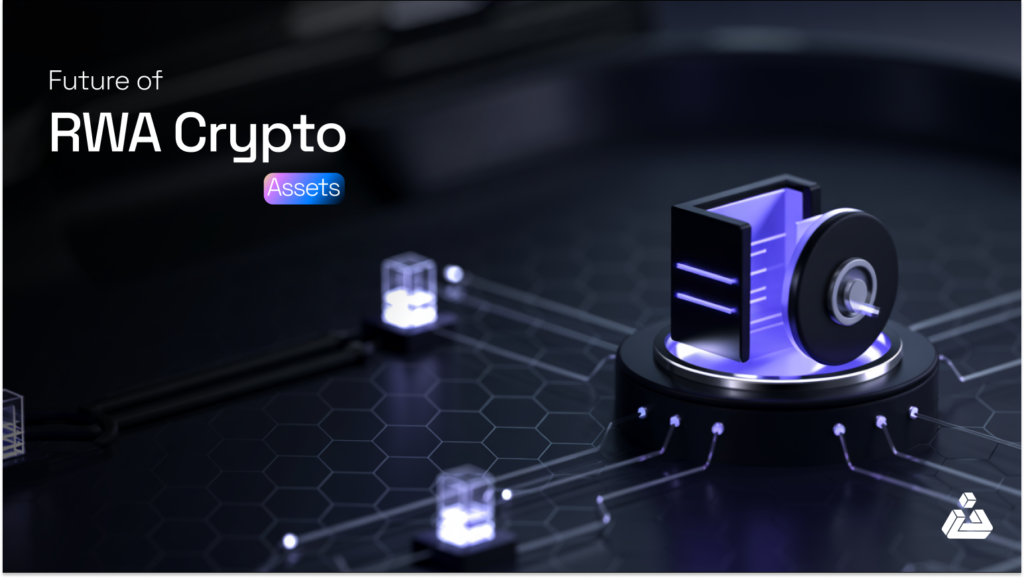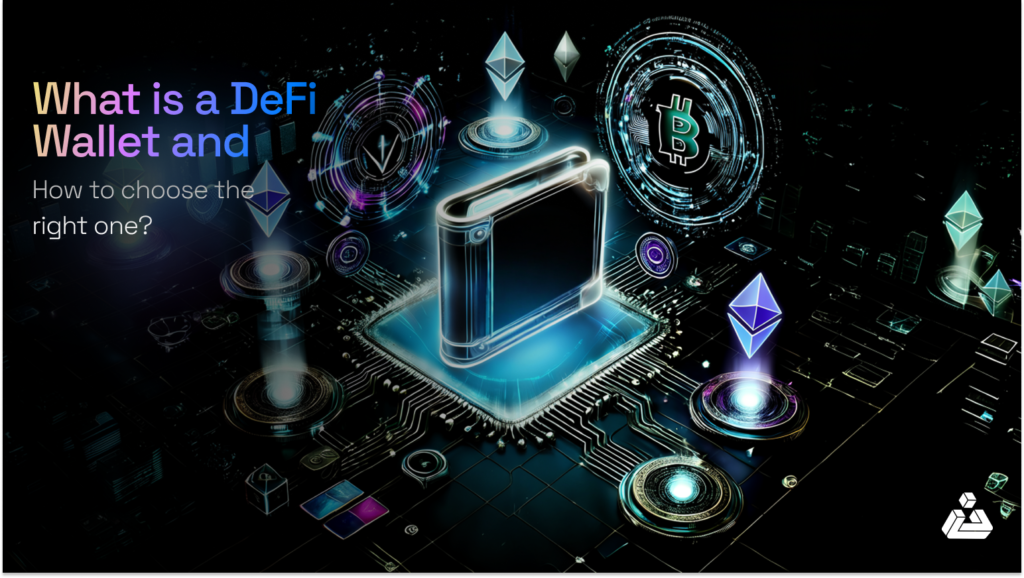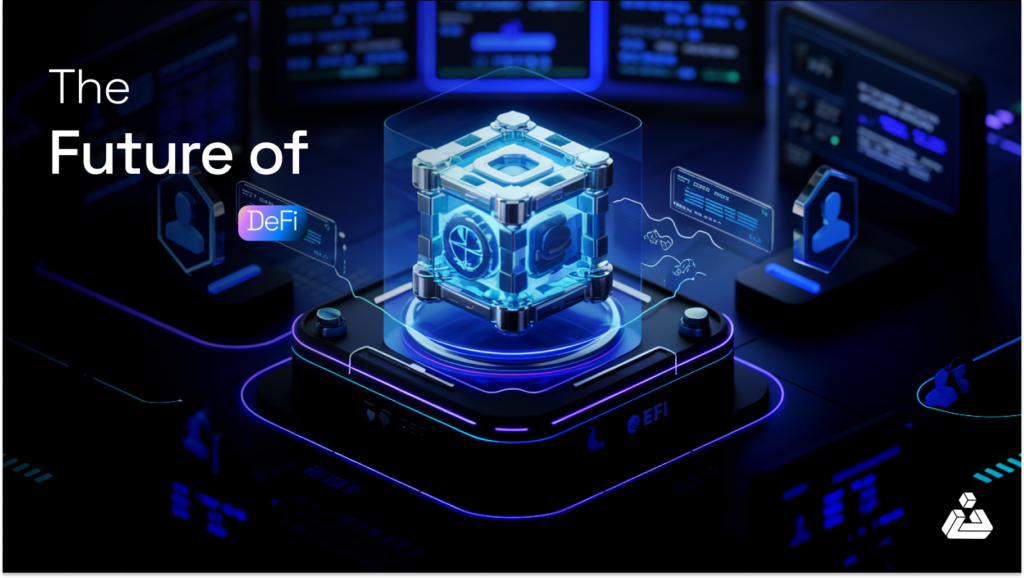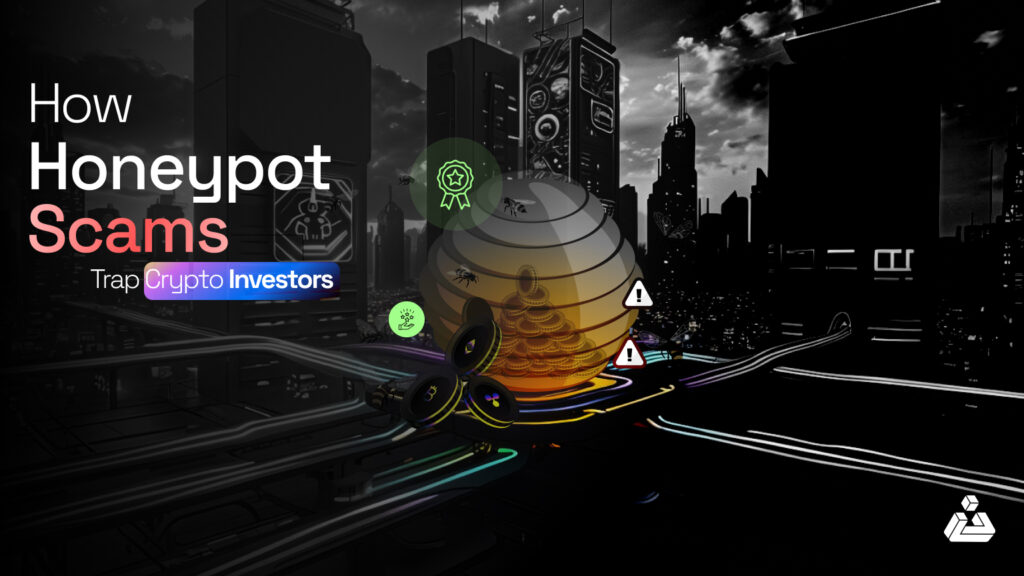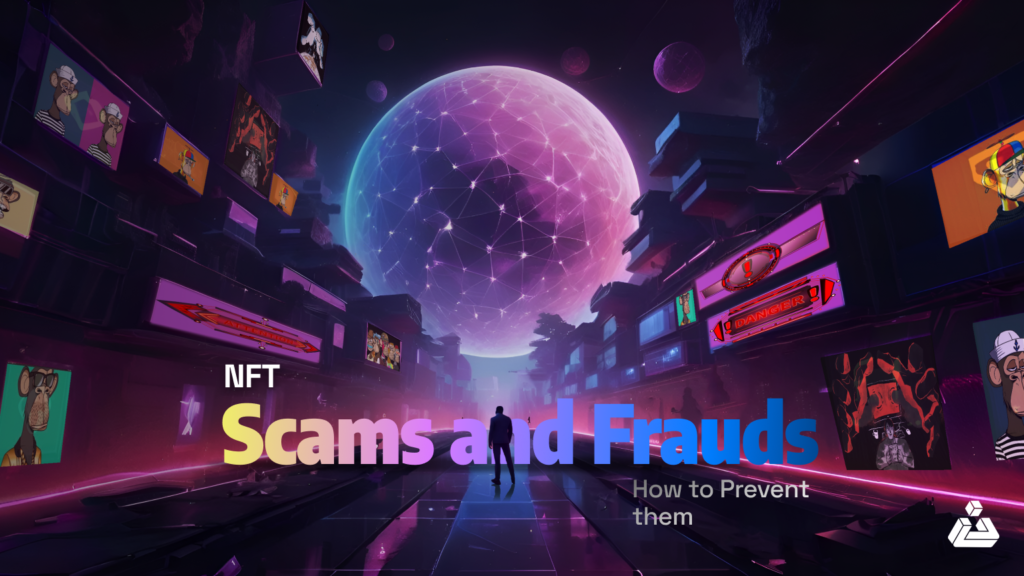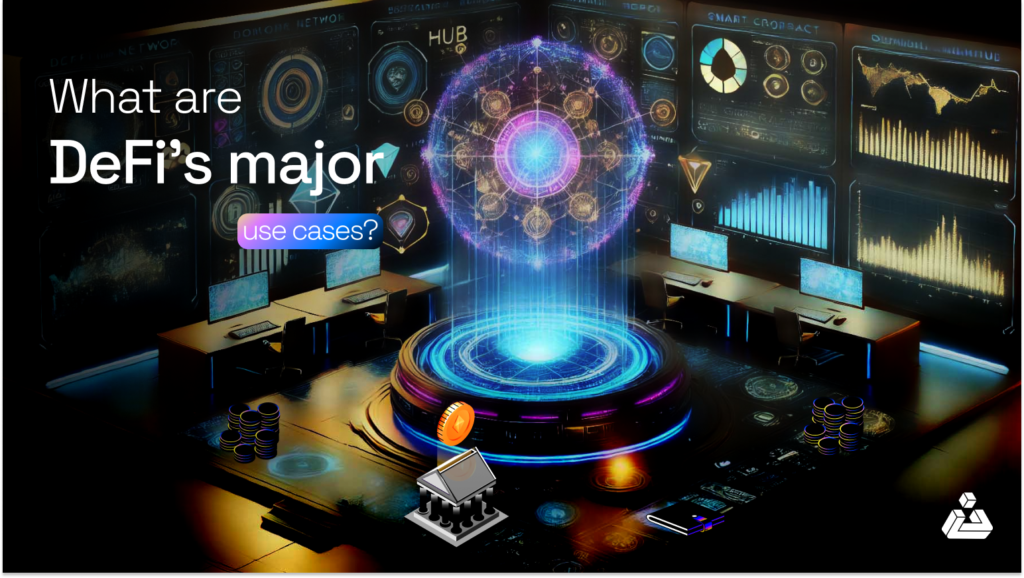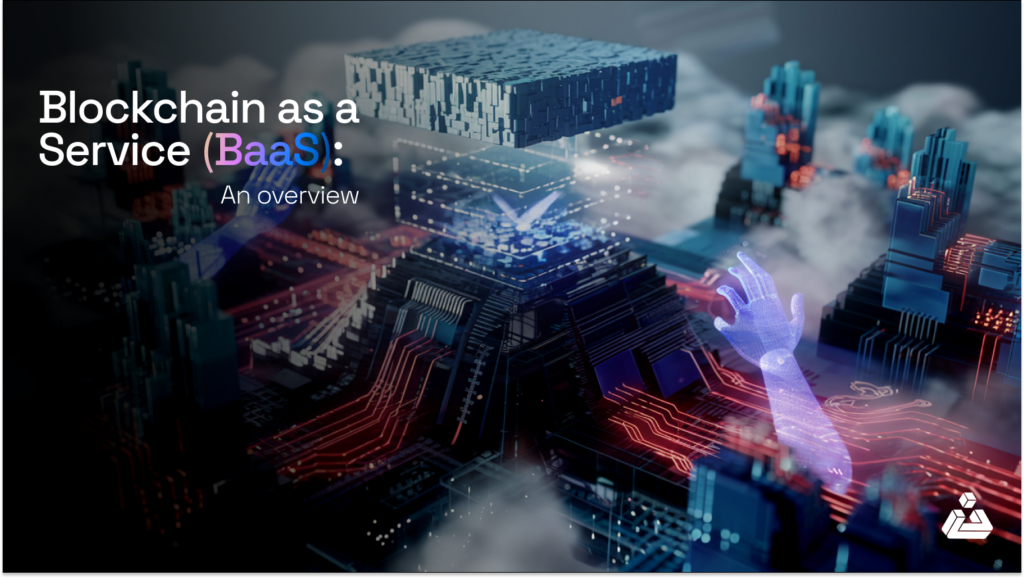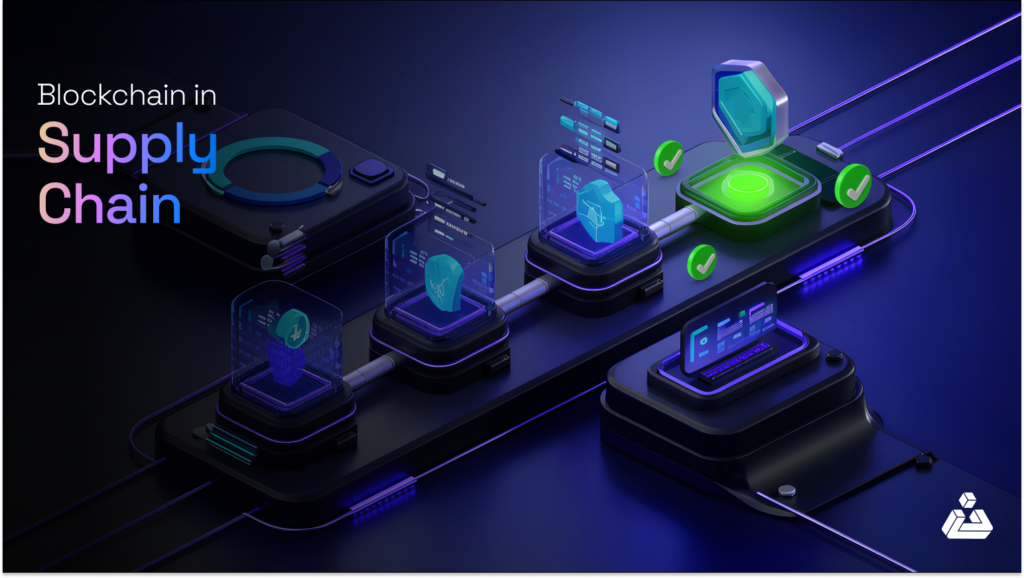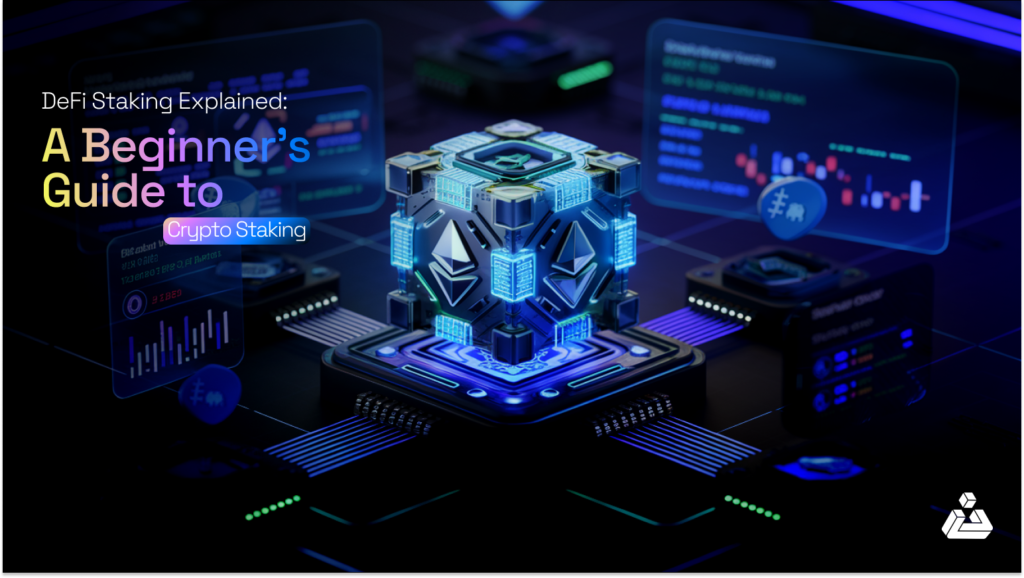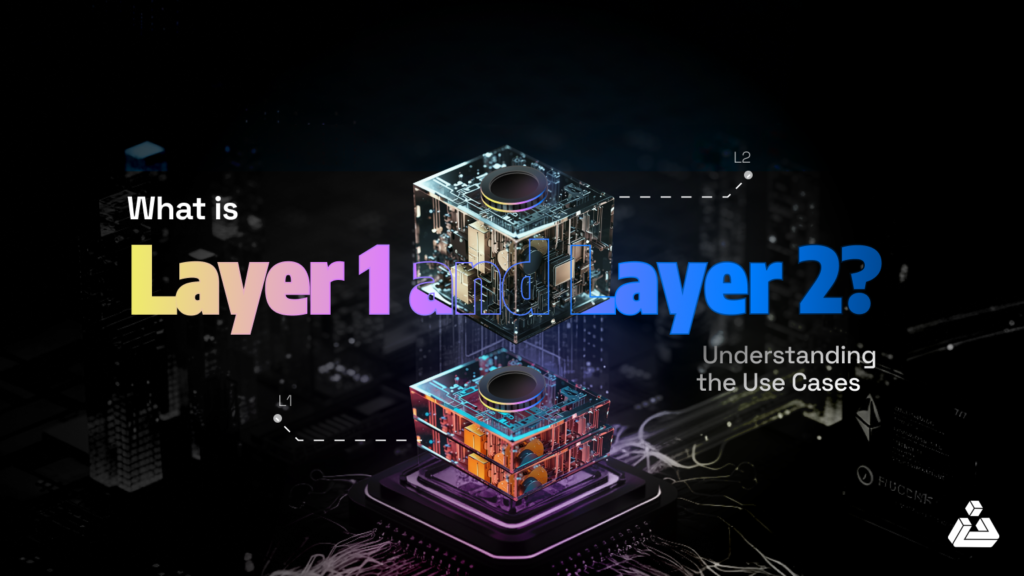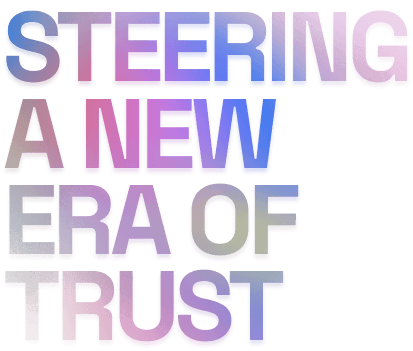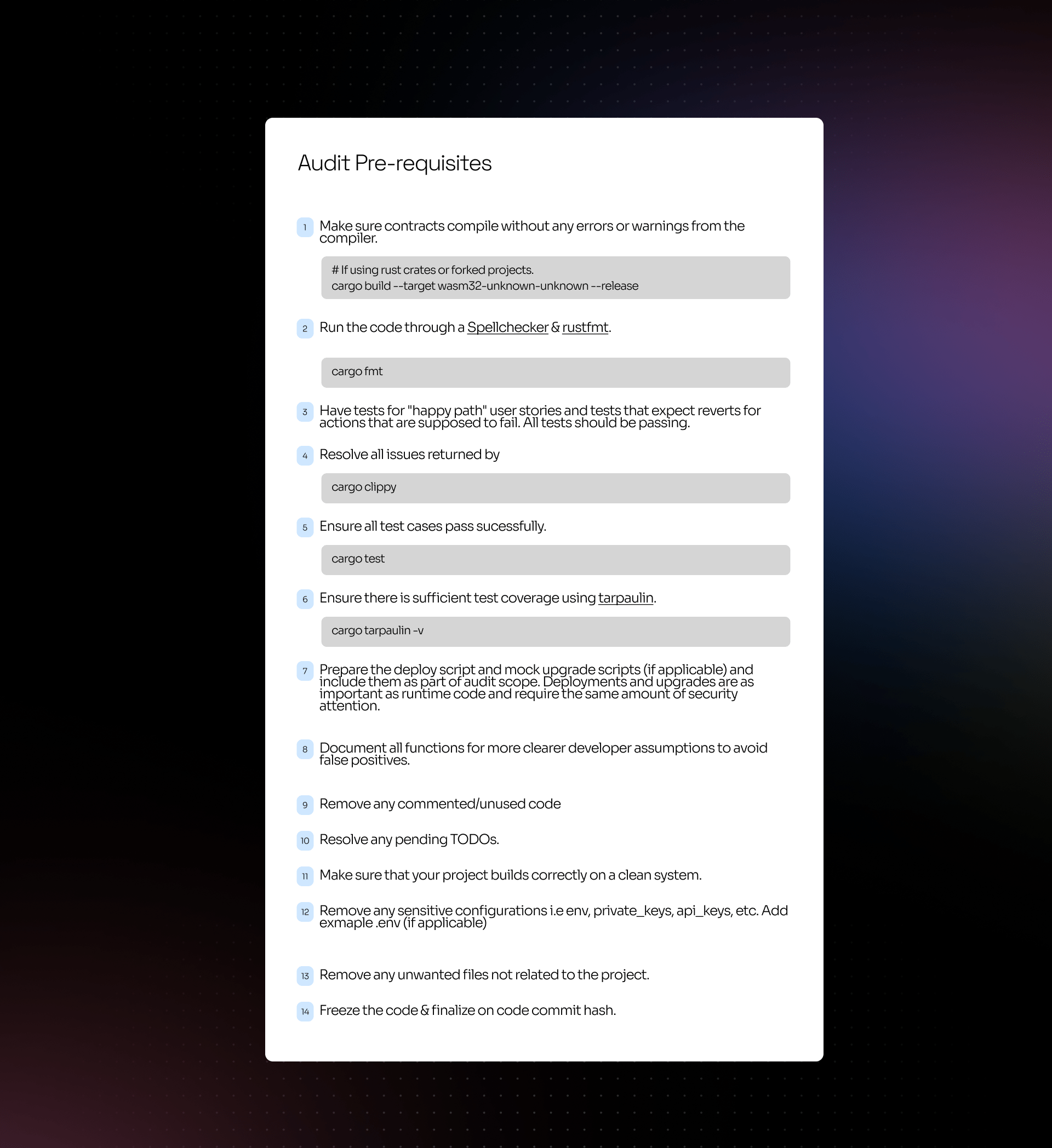Lately, there’s been a lot of talk about Web3 spaces, and one of the terms you’re likely to hear, echoed by enthusiasts and developers alike, is Bitcoin Runes. Bitcoin (BTC) halving on April 20 has been the biggest crypto news of 2024. The Bitcoin halving not only reduces mining rewards but also marks a new era for Bitcoin with the launch of the groundbreaking Bitcoin Runes protocol.
What is the Runes Protocol on Bitcoin?
Runes protocol is a new standard for issuing fungible tokens directly on the Bitcoin blockchain eliminating the need for off-chain data or special tokens. Runes is designed to serve as a secure and efficient option over current standards like BRC-20. It is built upon the Ordinal Protocol, which initially enabled the NFT like “inscriptions” directly on the Bitcoin network.
Who created Bitcoin Runes?
Bitcoin Runes was developed by Casey Rodamor, whom we thank for Bitcoin Ordinals. The Runes protocol was proposed by him in September 2023 and since then he has been making it ready for the launch.
Why was Bitcoin Runes developed?
According to Rodarmor, Runes is a simple protocol to replace less efficient, Ordinal-based BRC-20 token standard with a solution that minimizes on-chain footprint and manages UTXOs more responsibly. Runes is designed with the intention of simplifying user experience and improving overall blockchain efficiency.
Let’s delve into the impact it has put on the Bitcoin ecosystem, underlying model’s working and explore the future it holds.
Impact of Runes on Bitcoin ecosystem & advantages over BRC-20
Before delving into the impact of Runes on the Bitcoin ecosystem, let’s understand the model behind Runes to better grasp the significant influence
How does Runes Protocol work?
At the core of this novel avenue for tokenization is the utilization of Bitcoin’s native UTXO (Unspent Transaction Output) model. The UTXO model simplifies the process of issuing tokens along with strengthening security. UTXO is similar to having bills in a wallet. Each UTXO represents a slice of Bitcoin that has not been spent, it’s blockchain’s way of tracking transaction outputs and ownership. When a user transacts Bitcoin, they use these bills to pay and change received back, basically the remaining amount becomes a new UTXO.
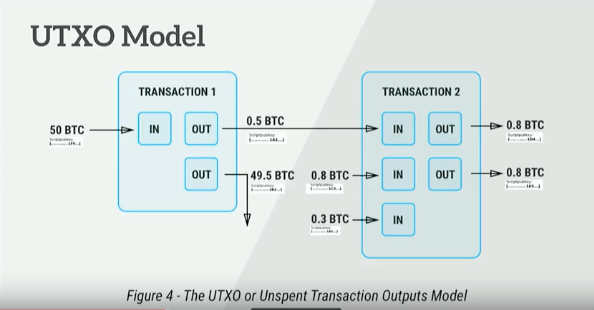
The UTXO model akin to the concept of bills
How Runes Capitalize on the UTXO Model
In stark contrast to BRC-20 tokens, which rely on off-chain data, introducing an additional layer vulnerable to exploitation, the existing UTXO model ensures that the issuance and tracking of tokens are done with the same level of rigor and security as Bitcoin transactions.
Process of Creating and Transferring Runes
The infographic below explains well the flow of token creation and transfer. Let’s walk through each step in this process.
Token creation
- Create a Runes Token and define token parameters (unique ID, attributes, metadata) Etch or mint a token. Etching refers to creating a new token on Bitcoin via Runes whilst minting is what users do when buying a token via the initial sale.
- Send a Bitcoin transaction with an ‘OP_RETURN’ output that encodes the Rune’s definition, ‘burning’ the associated Bitcoin.
- Verify the transaction in the Bitcoin blockchain to confirm the Rune’s creation.
Transfer of Runes:
- Select the UTXO with Rune balances that you wish to transfer.
- Input transaction details specifying the balances and recipients addresses.
- Execute the transaction by broadcasting to the network.
- Transaction confirmed, after it has been added to the blockchain, completing the transfer process.
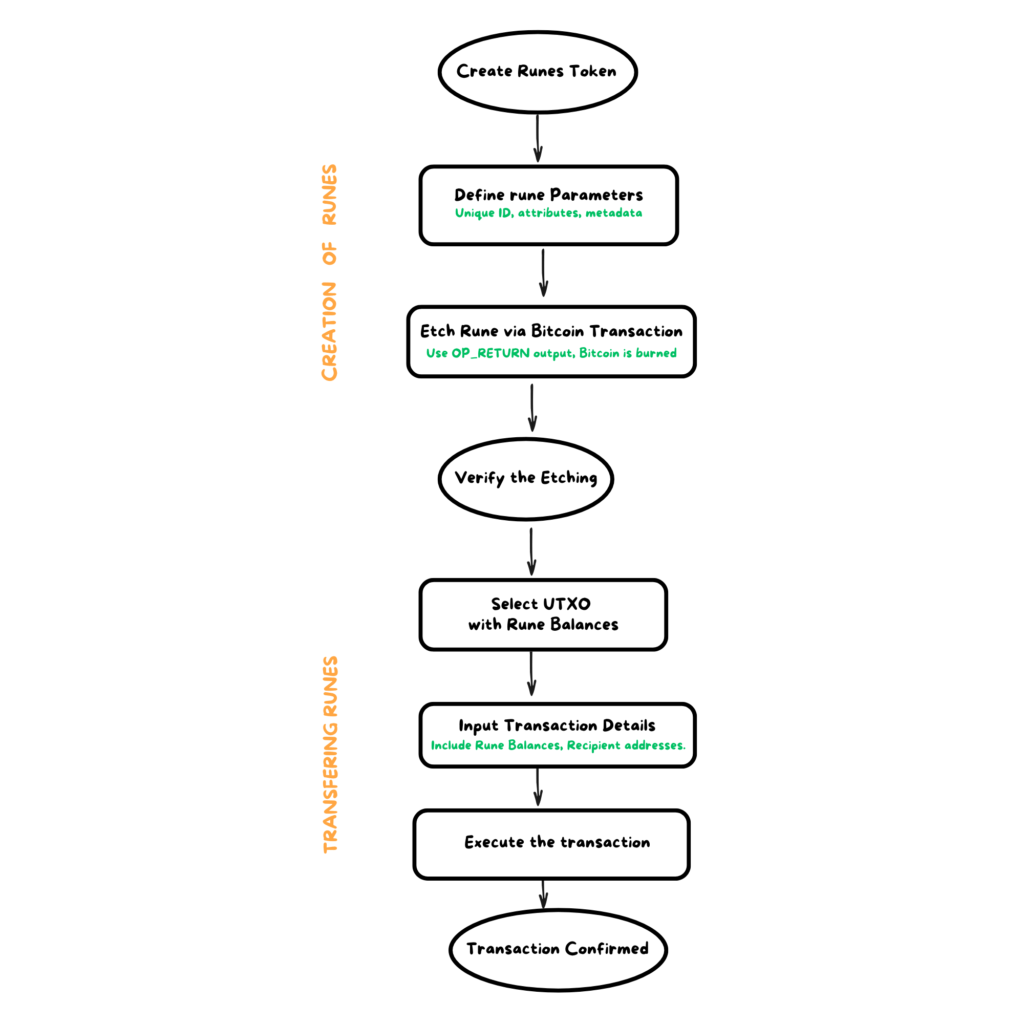
Basic flow diagram of Rune’s creation and Transferring
The key features that set Runes apart from BRC-20, serve as an exemplification of how the protocol addresses challenges in BRC-20.
1)Enhanced Security and Simplicity
This advantage reiterates the benefit of using the UTXO model, a backbone of Bitcoin security and Runes. Runes strictly adhering to on-chain makes the entire token lifecycle from creation to transfer while being tracked on blockchain makes it secure and simple.
2) Streamlined Token Lifecycle
Runes addresses the BRC-20 challenge of UTXO proliferation by ensuring that token transactions don’t leave a trail of unusable outputs. This approach reduces the number of UTXO
that need to be managed and stored directly addressing the issue of “UTXO Bloat”.
3)Economic Boost for Miners
There is a possibility of miners quitting the system making it vulnerable to threats and compromising network security following a Bitcoin halving is a reduction in miner rewards. Runes generate a new source of transaction fees which is crucial in compensating for the reduced block rewards. This serves as a motivation for miners contributing to health and security of the overall network.
4)Greater Access to Tokenization
Runes directly addresses the limitations of BRC20 in supporting a multifaceted token system. The Runes protocol facilitates diverse applications such as DeFi platforms and digital collectibles. This could attract new users to the Bitcoin ecosystem thereby increasing the number of transactions on the network.
Key Insights!
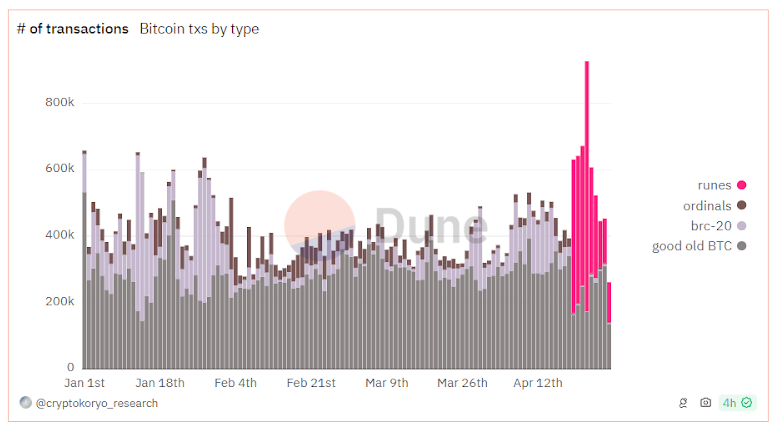
Graph showing the number of Bitcoin transactions by type from Jan. 1 to April 25, 2024 (Source: Dune Analytics)
- Bitcoin Runes has rapidly soar to prominence within the Bitcoin ecosystem, now representing 70% of blockchain’s total transaction activity.
- On April 23 alone, there were in excess of 3.38 million transactions involving Runes, with a record breaking 750,000 transactions.
- The surge in Runes activity seems to be pushed by the enthusiasm of those in memecoin and NFT communities.
- The overall total miner fees is also notably higher compared to that generated by Ordinals and BRC-20 transactions.
- The graph below, it depicts how Rune transactions dip from the date of its launch. Critics say the dip is primarily due to waning interest.
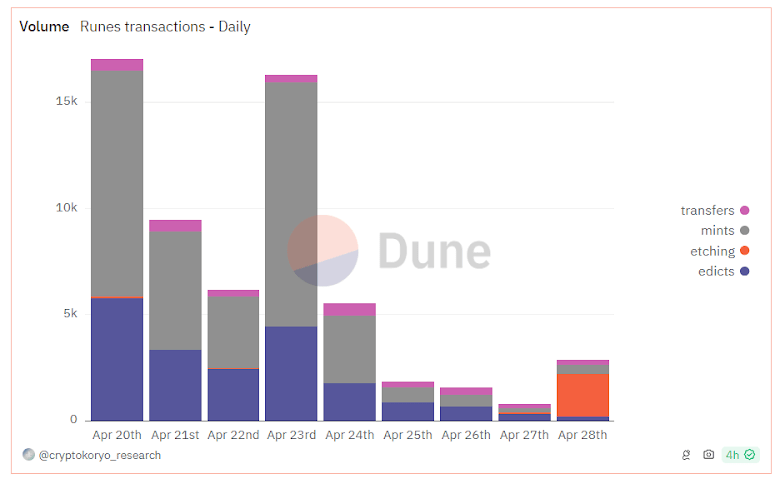
Graph showing the Volume of Rune transactions from the launch date to April 28th, 2024 (Source: Dune Analytics)
What lies ahead for Bitcoin Runes?
- High Adoption rate and speculation: Since its launch on April 20, 2024, the Runes protocol garnered immediate attention and response and is still a hot topic for web3 developers and crypto enthusiasts. The ease of creating and trading tokens on Bitcoin’s secure network could significantly increase transaction volumes, thereby driving up miner fees, much like Ordinals. The activity seems to be driven by speculation. This kind of activity does not necessarily promise long term sustainability, rather, it may be volatile.
- Complex cases handling: There are not always simple currency transactions but complex use cases. Runes suitability to adjust to them whilst maintaining the load on the system due to high volume of transactions can be a challenge and raises uncertainty on its performance in the future.
To Wrap up
As we navigate through the storm, then only we can judge the strength of the ship. It’s still too early to chart its definitive impact whether it will be beneficial for miners or add to network congestion. Concerns loom about protocol’s capacity to handle complex use cases. This is the first time in the history of the Bitcoin world that users can make their custom token and use it accordingly. When Bitcoin was first launched, people hesitated to invest in it but later regretted seeing the boom of Bitcoin, so might be the case with Runes or maybe the exact opposite. The hype may be dissipating yet in the very shifting tides of the crypto world, we brace for turns and twists that lie ahead. In short, only time will tell what will be of Bitcoin Runes.
Read more Educational Content :
EigenLayer: ETH Staking And How It Works
Ethereum Dencun Upgrade: Everything You Need To Know
Bitcoin Halving 2024: Economic Dynamics And Market Perspectives



